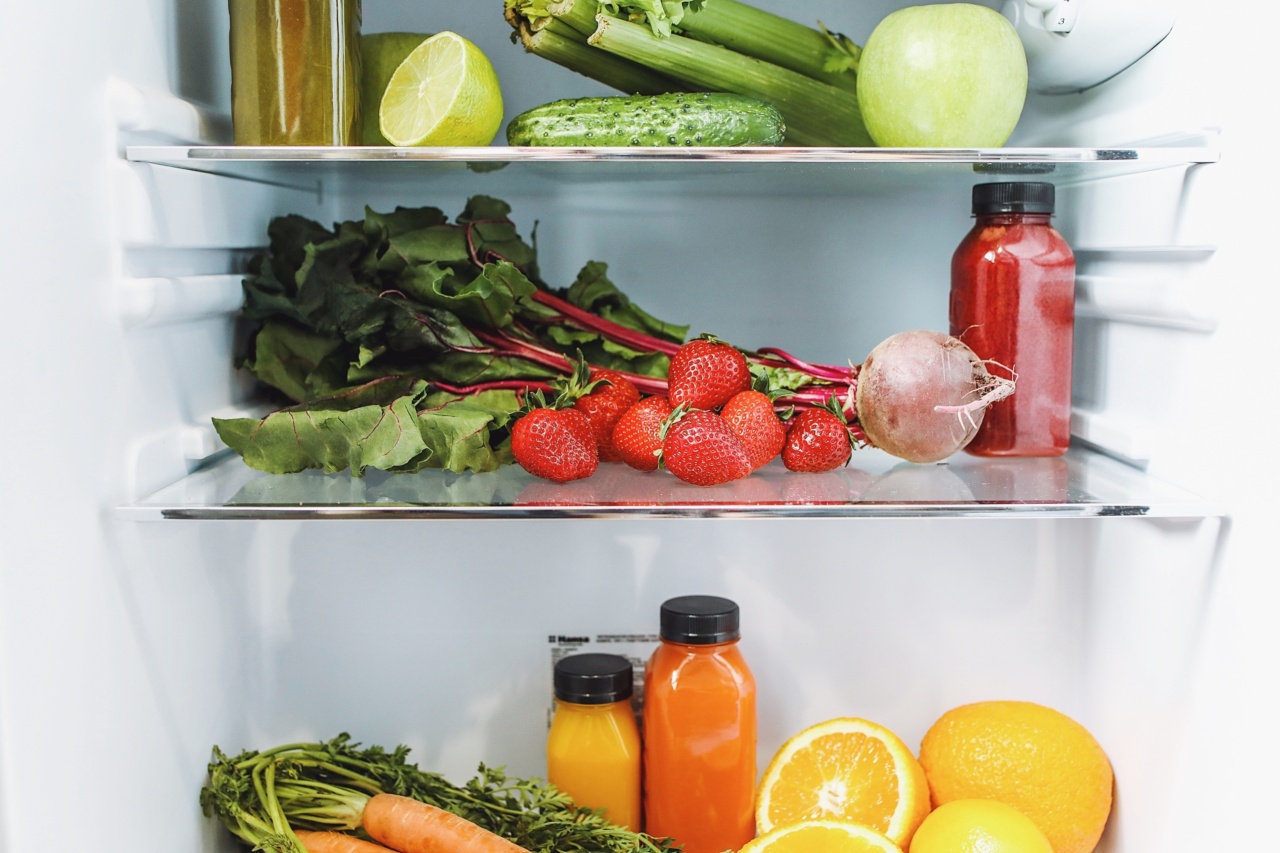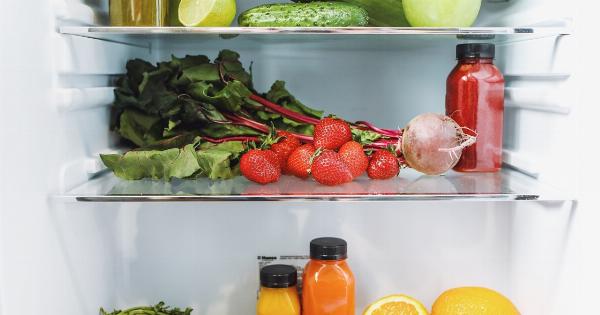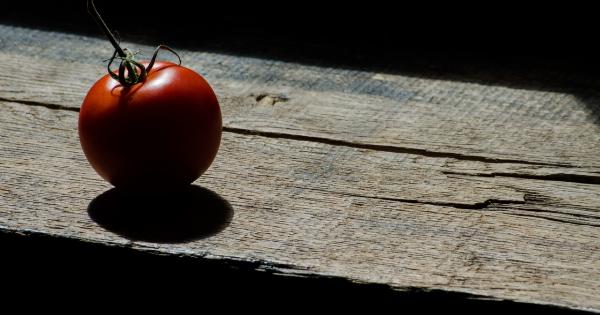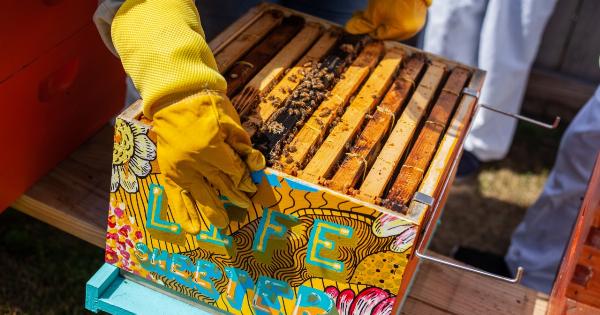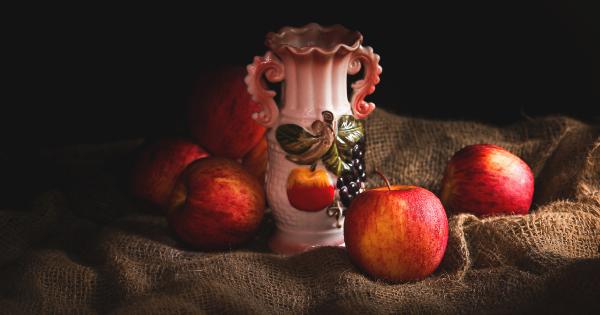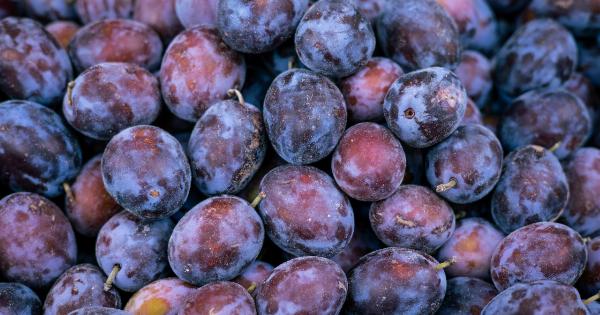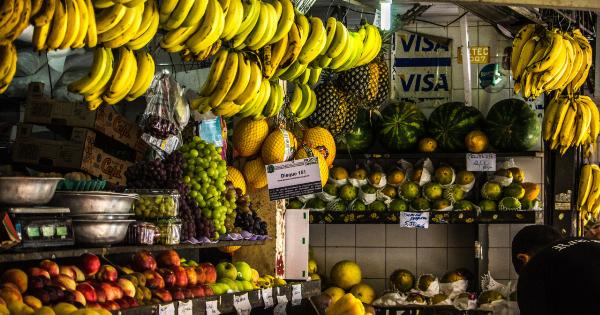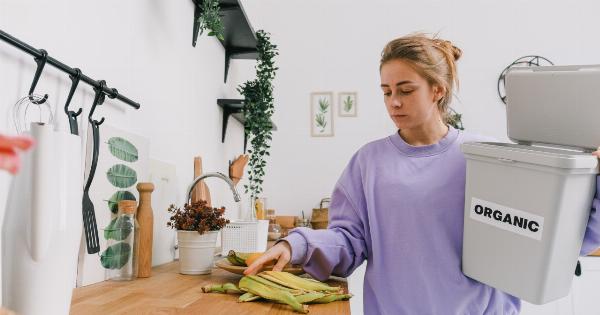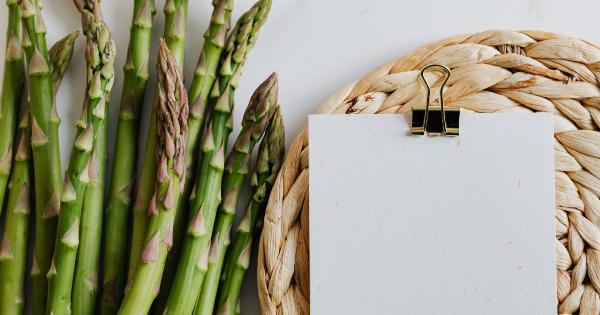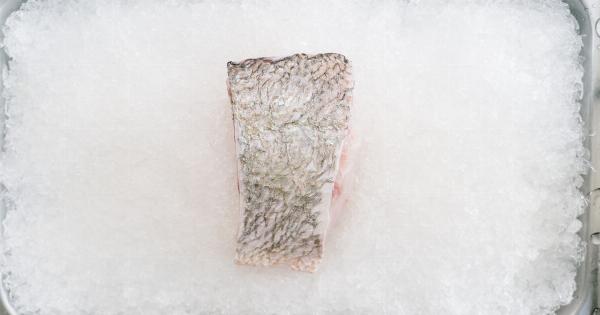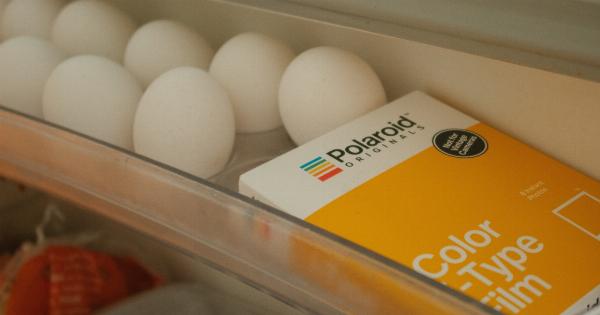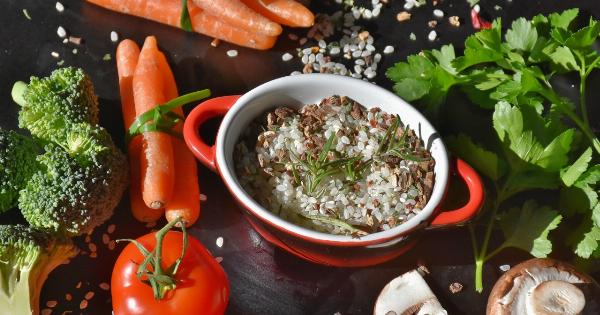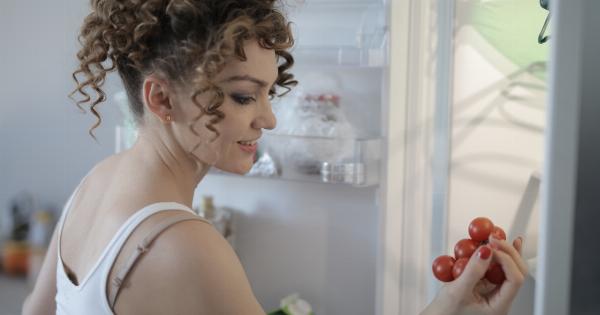When it comes to storing vegetables, refrigeration is often considered the go-to method. However, not all vegetables thrive in the cold temperatures of the fridge. In fact, some vegetables can be easily spoiled when stored in the refrigerator.
To help you make the most of your produce and prevent unnecessary waste, we’ve compiled a list of 30 vegetables that are spoiled by the fridge.
1. Tomatoes
Tomatoes are known for their rich flavor and vibrant color. However, refrigeration can cause them to lose their taste and become mushy.
It’s best to store tomatoes at room temperature until ripe and only refrigerate if you need to extend their shelf life.
2. Potatoes
Refrigerating potatoes can turn their starches into sugar more quickly, resulting in an unpleasant taste. It’s better to keep them in a cool, dark, and well-ventilated space, like a pantry, for optimal storage.
3. Onions
Onions like to breathe and can become moldy when stored in the fridge. Instead, keep them in a cool and dry place with good airflow, such as a mesh bag or a basket.
4. Garlic
Garlic cloves can sprout and become rubbery when refrigerated. Store them in a cool and dry location, away from direct sunlight, to maintain their freshness and flavor.
5. Winter Squash
Winter squashes, like butternut squash and acorn squash, should be kept at room temperature. Cold temperatures can cause the flesh to spoil and lose its taste.
6. Sweet Potatoes
Similar to regular potatoes, refrigerating sweet potatoes can result in altered texture and taste. Store them in a cool, dark location outside of the fridge.
7. Cucumbers
Cucumbers are highly sensitive to cold temperatures and can become mushy or develop a peculiar taste when refrigerated. Maintain their freshness by storing them at room temperature.
8. Basil
Fresh herbs like basil wilt quickly in the fridge. Instead, trim the stems and place them in a glass of water on the counter, resembling a bouquet, for longer shelf life.
9. Avocados
While unripe avocados can benefit from refrigeration, once ripe, it’s best to consume them promptly. The cold environment of the fridge can cause their flesh to darken and turn unappetizing.
10. Melons
Whole melons should be kept outside the fridge until they are ripe. Once cut, store the remaining portions in the refrigerator to maintain their freshness.
11. Bell Peppers
Refrigeration can cause bell peppers to become soft and lose their crispness. It’s preferable to store them in a cool and well-ventilated area to preserve their taste and crunch.
12. Eggplant
Eggplants can develop a bitter taste when refrigerated. They are best stored at room temperature, away from direct sunlight.
13. Tropical Fruits
Fruits like bananas, mangoes, and pineapples should be stored at room temperature. Cold temperatures can disrupt their natural ripening process and affect their flavor.
14. Zucchini
Zucchini can become soft and lose its texture when refrigerated. Keep them in a cool place, such as a pantry or a vegetable basket, for better results.
15. Pumpkins
Pumpkins can deteriorate quickly in the fridge. Store them in a cool and dry location until ready to use.
16. Carrots
Carrots can become rubbery and lose their freshness when stored in the fridge for a long time. They are best stored in a cool and moist environment, such as a perforated plastic bag in the crisper drawer.
17. Celery
Refrigerating celery can cause it to become limp and lose its crunch. Wrap it in aluminum foil and store it in the crisper drawer to maintain its crispiness.
18. Corn
Corn can quickly lose its natural sweetness when refrigerated. It’s best to consume corn within a day or keep it refrigerated with the husks intact.
19. Green Beans
Green beans are sensitive to cold temperatures and can develop brown spots when refrigerated. Keep them in a breathable bag or container at room temperature for optimal storage.
20. Brussels Sprouts
Refrigeration can make Brussels sprouts go bad faster. Store them in a perforated bag in a cool place, such as the crisper drawer, to maintain their freshness.
21. Peas
Peas tend to become starchy and lose their vibrant color in the fridge. It’s advisable to consume them fresh or freeze them for longer-term storage.
22. Mushrooms
Mushrooms are highly perishable and can get slimy in the fridge. Store them in a cool and dry place, preferably in a paper bag, to prolong their shelf life.
23. Beets
Beets can lose their texture and flavor when stored in the refrigerator. Trim the beet greens, store them separately, and keep the beets in a cool and humid location.
24. Radishes
Refrigerating radishes can cause them to become wilted and spongy. Remove the leafy tops, place them in a bowl of water, and store the radishes separately in a cool and dry spot.
25. Artichokes
Cold temperatures can affect the flavor and texture of artichokes. Place them in a perforated plastic bag at room temperature to keep them fresh.
26. Turnips
Turnips tend to soften and become bitter when refrigerated. Separate the greens, refrigerate them in a bag, and keep the turnip roots in a cool and well-ventilated area.
27. Peppers
Hot peppers, such as jalapeños or habaneros, should not be stored in the fridge as they can lose their heat. Instead, keep them in a cool and dry location.
28. Fresh Peas in Pods
Fresh peas in pods should be consumed as soon as possible. Refrigerating them can cause the pods to become tough and dry.
29. Fresh Herbs (Except Basil)
Most fresh herbs, like cilantro, mint, and parsley, can wilt quickly in the fridge. To maintain their freshness, trim the stems, place them in a glass of water, and cover them loosely with a plastic bag.
30. Cabbage
While cabbage can be refrigerated, it tends to absorb nearby odors. Keep it in a perforated plastic bag in the crisper drawer to prevent it from spoiling and acquiring unwanted flavors.
By following these tips, you can ensure that your vegetables stay fresh, flavorful, and prevent unnecessary waste. Proper storage is essential in maximizing the quality and longevity of these nutritious ingredients.
